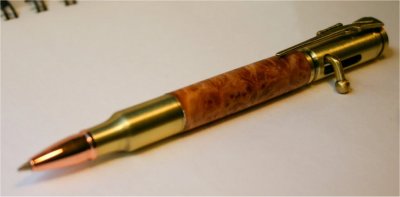Pet store owners — this is for you. Bacterial Infections @ Finrot in Fish for Retailers
If and when you see fish with rotting mouths, fins, and skins, it’s bacterial. You can also safely assume that the fish have parasites because *that’s* how the bacteria got from fish to fish!
 There are four concepts to understand concerning fin rot.
There are four concepts to understand concerning fin rot.
First, finrot is usually a bacterial infection which results from any one of four causes,
1. Fin nipping
2. Parasites like Flukes or Ich inoculating pathogenic bacteria into the skin
3. Deteriorating water quality, inadequate filtration, or high bacterial counts in the water because a hobbyist is not using an undergravel plate and the gravel bed has become stagnant.
4. Poor nutrition
Second concept:
To recover fish, water quality must be corrected even if you start using antibiotics to kill the primary bacterial invader. Remember that most any treatment you might use for pathogenic bacteria will likely also affect your nitrifying (filterbed) bacteria and this can, in loaded systems that are already barely keeping up, cause Ammonia or Nitrite accumulations.
Third Concept:
Treat in a hospital tank. A ten gallon with a hood, a heater at about 78 degrees, and a sponge filter all cycled and ready. Treat with Trimethoprim Sulfa 960mg in ten gallons of water made fresh daily for 6 hours a day for three days. Alternative drugs would be any of the Furan antibiotics (Furazone Green® is excellent) or even possibly, as a very last resort, Maracyn from Mardel “Labs”. Treating in the main system will land you in new water quality problems because most medications that kill bacteria on fish also kill nitrifying bacteria.
Fourth Concept:
Nutrition is best supplemented with live or fresh frozen foods fed from a basket feeder. How you feed it makes a difference because from a basket feeder, there is little waste, and fewer food morsels are lost in the tank, therefore water quality does not deteriorate, bacterial numbers do not skyrocket, and fish are capable of recovery. Good choices are frozen Brine Shrimp Plus, or plain brine shrimp, blood worms or maybe Prime Reef.
So, for finrot, consider an overhaul of the system to optimize water quality. Consider removing affected specimens to a hospital tank and treating there. Consider a basket feeder and varying the diet.





